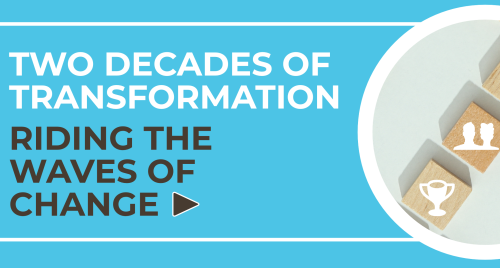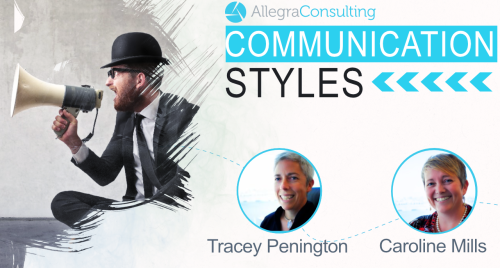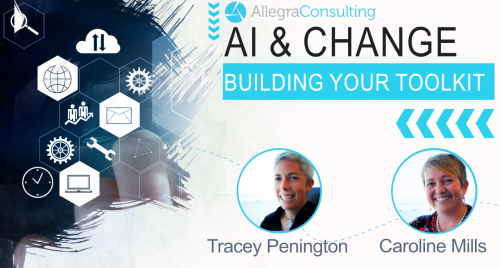
Change management planning needs to incorporate what we call the psychological elements of change AND the technical (different products, processes, systems, ways of working etc.) elements of change. The psychological side is about how we facilitate people that the change might impact through the psychological journey.
Using a Framework or Model for Change
Frameworks and models depicting stages of change are helpful starting places for planning out this element of our change management work. In this space, psychiatrists such as Elisabeth Kubler Ross (we call her the ‘mother of all curves’) and her “grief work” (1) have been instrumental in helping us understand how people might respond to loss and transitions in the workplace. A more modern look at this is outlined below through John Fishers’ work (2).
Curves like this allow us to have good conversations as leaders and implementers of change about what emotions employees might be experiencing and will enable us to normalise these reactions and not be afraid of them.
However, you need to be careful about “setting your watch to them”. Many frameworks depict change as a linear response, which is not always the case. People jump backwards and forwards, and sometimes people might be experiencing several reactions and, therefore, emotional responses to change at the same time. For example, someone could be scared and excited – they could be saying to themselves, “this is not happening”, and still be in shock and then at the same time be starting to think about the what-ifs. Learn the frameworks, and understand the stages, but expect that individual and group reactions might not be so linear.
How do you use a Change Curve?
You can use these change curves in many ways:
- As part of a conversation with individually impacted employees to discuss how they are going
- In a facilitated exercise with teams where we talk about good and bad experiences of change and how they emotionally felt
- In a conversation with executives, reminding them about the emotional journey their people may go through with change
- In training with people leaders as we upskill them to better lead through change
Change is about Managing Emotions
Understanding this potential emotional response to change needs to be coupled with understanding the technical or functional changes you might be implementing (new systems, software, processes etc.). This work is done through a form of enquiry we call Impact Analysis, using templates and approaches, and we get clear on how things change and for whom. We then take this work and our understanding of how people might emotionally respond and build up a Change Management Plan that documents the types of activities we will do to assist people in moving from that current state to the new or next or interim state and way of being.
1. Kübler-Ross, E. (1973). On death and dying. Routledge.
2. Fisher, J. (2012). Personal Change Stages - John Fisher. John Fisher's Personal Change Stages – BusinessBalls.com. Retrieved October 27, 2022, from https://www.businessballs.com/change-management/personal-change-stages-john-fisher/








